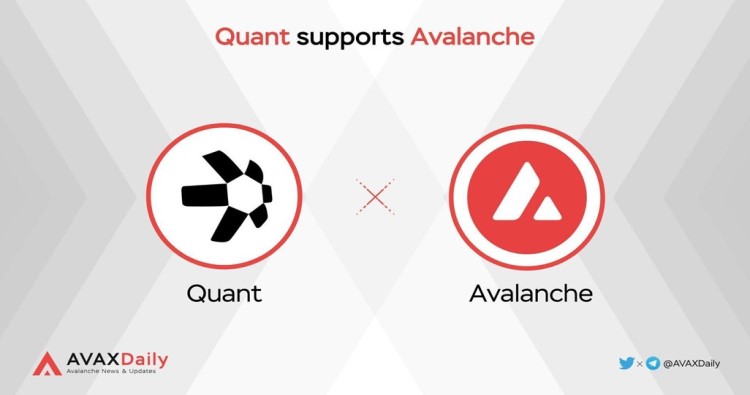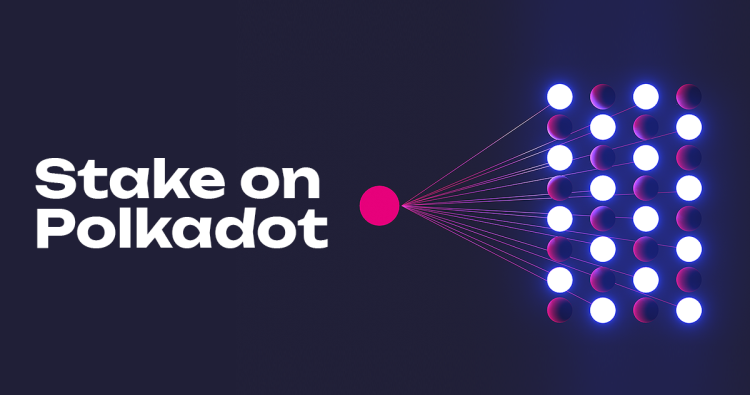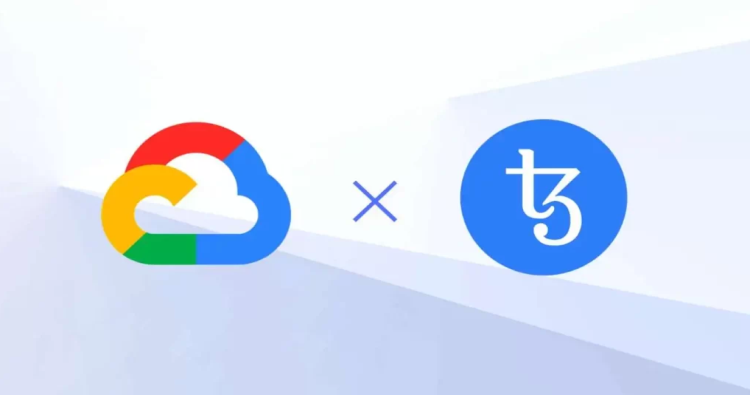
Burn Mechanism Proposal for CRO
The proposal is to gradually burn a portion of the CRO coin supply emitted by the network to reduce the inflation of the circulating coin supply and bring long-term benefits to the asset economy. This regular burning process would involve allocating a portion of future inflation-generated coins to a community fund, then burning the accumulated coins.

Upgrade to premium
The proposed mechanism is well-designed for implementation into the blockchain as it does not require any code changes and is governed by management principles with which every coin holder can propose burning. The current supply of CRO in circulation is 26 billion and growing at a rate of approximately 2.5% annually, which translates to an annual emission of around 646 million CRO through inflation.
The proposal aims to reduce the inflation rate of CRO, which has already exceeded the target due to the increasing block production speed on the Cronos blockchain in recent months. This proposed management plan could be the first step in addressing future reductions in CRO emissions.

The new proposal adds a community fund to the coin distribution, in which the amount of CRO to be burned will be determined through voting.
Here's a brief rundown of how it should work:
- Users stake their CRO to a validator
- Validators create new blocks and validate them based on the amount of staked CRO
- Validators will no longer receive 100% of the rewards, instead receiving 85% of the newly generated CRO, with the remaining 15% being automatically sent to the community pool
- CRO in the community pool will be burned periodically according to voting, in order to gradually reduce inflation
IMPACT
Currently, 4.75 billion CRO coins are staked, representing 18% of the total CRO supply. This means that the remaining 82% of CRO is in circulation and approximately 646 million CRO is earned annually through inflation and distributed to stakers, resulting in a 13.6% APY.
The proposed CRO burning mechanism involves allocating a certain amount of coins generated through inflation to a community fund, and regularly burning accumulated coins. In the first year, approximately 100 million CRO is expected to be removed from circulation, representing 15% of the total annual rewards, and the effective inflation rate will be reduced from 2.49% to approximately 2.1%. This means that in the long term, there will be a significant reduction in the circulating CRO supply, which should improve the asset economy by reducing selling pressure. However, due to the lower supply, the staking yield will be reduced from 13.6% to 11.5%.
This proposed CRO burning mechanism represents the first step in addressing community concerns and proposals regarding CRO inflation. Based on its results, further options for reducing CRO emissions in the future will be considered.

Like other blockchains that have their own inflationary coin, Cronos needs to start addressing inflation. After all, in the current situation, there is too much CRO and comparatively low demand, which is negatively affecting the price. The proposed solution is a good start to tackling inflation, but it certainly cannot be the final action taken. Many blockchains are addressing the issue of inflation, and Cronos will certainly draw inspiration from other projects in order to achieve a good outcome.
Ondřej Tittl
Previous

Next


.webp)







































.jpg)












































